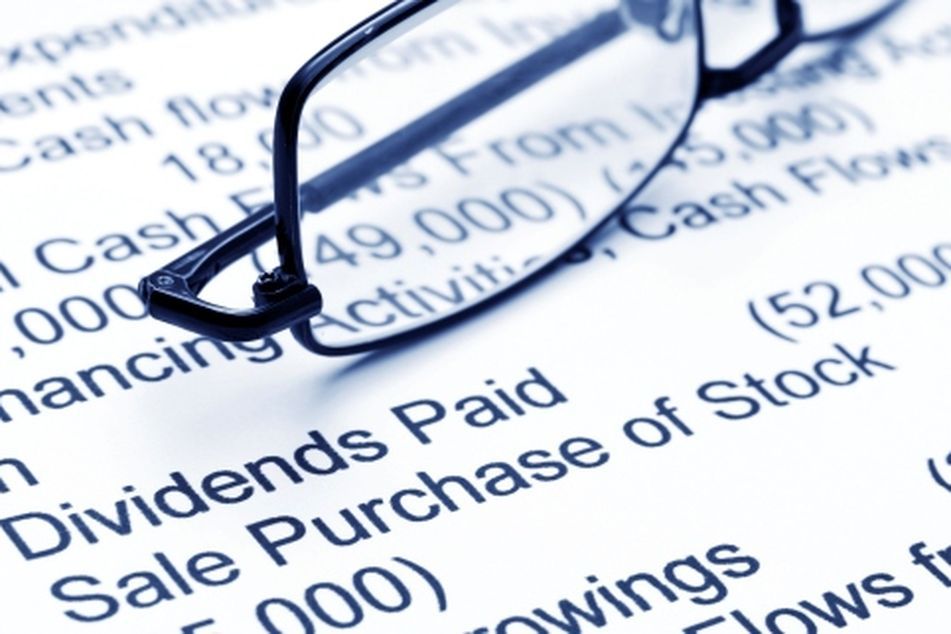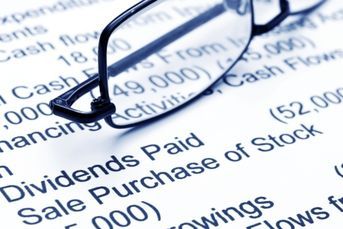The value of dividends in retirement

Investing in stocks that provide both high and growing dividend income may benefit a portfolio undergoing the duress of withdrawals.
Over the past 87 years, dividends have accounted for over 40% of the total return for the S&P 500 Index. The importance of dividends has been an often-overlooked part of investing, but will most likely move to the forefront as baby boomers prepare for retirement and look for high and growing income-generating investments.
There are generally two schools of thought on how best to structure a long-term investment portfolio. Many believe a total return approach is best. While this approach attempts to provide the growth that investors need to outpace the effects of inflation, it may also require them to sell assets at inopportune times.
The second school of thought believes that it is best to build a portfolio of high-yielding income investments that generate sufficient current income to cover expenses. This approach may also fall short and leave the investor heavily exposed to sometimes lower-quality, fixed-income investments and the ravages of inflation.
But a third, hybrid approach of investing in stocks that provide both high and growing dividend income may benefit an investment portfolio undergoing the duress of withdrawals. This type of strategy has the potential to provide a growing dividend income stream as well as capital appreciation needed by retirees.
UNDERSTANDING YIELD
When reviewing income-generating alternatives, retirees often focus solely on current yield (the current income divided by the current price). This works well for fixed income investments, which are, essentially, contracts that pay a certain level of income to the bondholder annually and then return the principal amount at maturity. However, for equities, where both the income and stock price may appreciate, looking only at current yield may disguise the growth in the actual dollar amount of the income generated.
We calculated the amount of annual income generated by a hypothetical $1 million investment made in 1990. While the income from the bond investment steadily declined from 1990 to 2015, the amount of dividend income derived from the dividend-focused equity allocation grew fairly steadily. Although the dollar amount of dividend income was relatively modest compared to the bond investment, the dollar amount of dividend income generated surpassed the bond income in approximately 10 years and by 2015 outpaced the income from the bond portfolio by 594%. In this calculation, dividends were not reinvested.
Our analysis uses the S&P 500 Dividend Aristocrats Index, which is comprised of U.S. companies that have consistently increased their dividends for the past 25 years. Since that Index began in January 1990, we can compare its returns to the S&P 500 Index. From January 1990 to December of 2015, the Dividend Aristocrats Index’s total return was 11.77% compared with a 9.28% total return for the S&P 500 Index.
DIVIDEND INCOME IN RETIREMENT
To illustrate how a dividend-grower strategy can be used to fund a retiree’s expenses, we assumed a hypothetical $1 million invested in the same Dividend Aristocrats Index beginning in January 1990. To calculate the retiree’s spending, we assume that 5% or $50,000 will be needed to cover pre-tax expenses in the first year of retirement and then increase that amount annually by a 3% cost-of-living adjustment to cover inflation. For the early years in retirement, when dividends don’t fully support the spending, the retiree will redeem a portion of the investment to cover the shortfall. For the later years, the excess dividend income was reinvested in the portfolio.
In this hypothetical, the Dividend Aristocrats Index generated sufficient dividend income to cover 100% of the retiree’s spending after seven years. Once full coverage was achieved, it never fell below that level and generated excess dividends that could be reinvested into the portfolio. That initial $1 million investment produced $2.26 million in dividends of which $1.93 million was spent and $671,039 reinvested. The portfolio value, as of Dec. 31, 2015, was $8.89 million.
BEST PRACTICES
When implementing a dividend-growing strategy, look beyond domestic to global companies that offer both a high and growing dividend. Dividend yields outside the United States have a tendency to be more attractive.
Another benefit of a global approach is the potential to improve the portfolio diversification by industry sector. In the U.S., attractive dividends are typically concentrated in real estate and utilities. Outside the U.S., dividend opportunities exist in a multitude of sectors.
As baby-boomers travel down the road of retirement, a dividend-grower strategy can help contribute to their distributions, and the portfolio value may also have the ability to outpace inflation through price appreciation.
Jan Blakeley Holman is director of adviser education at Thornburg Investment Management
Learn more about reprints and licensing for this article.




